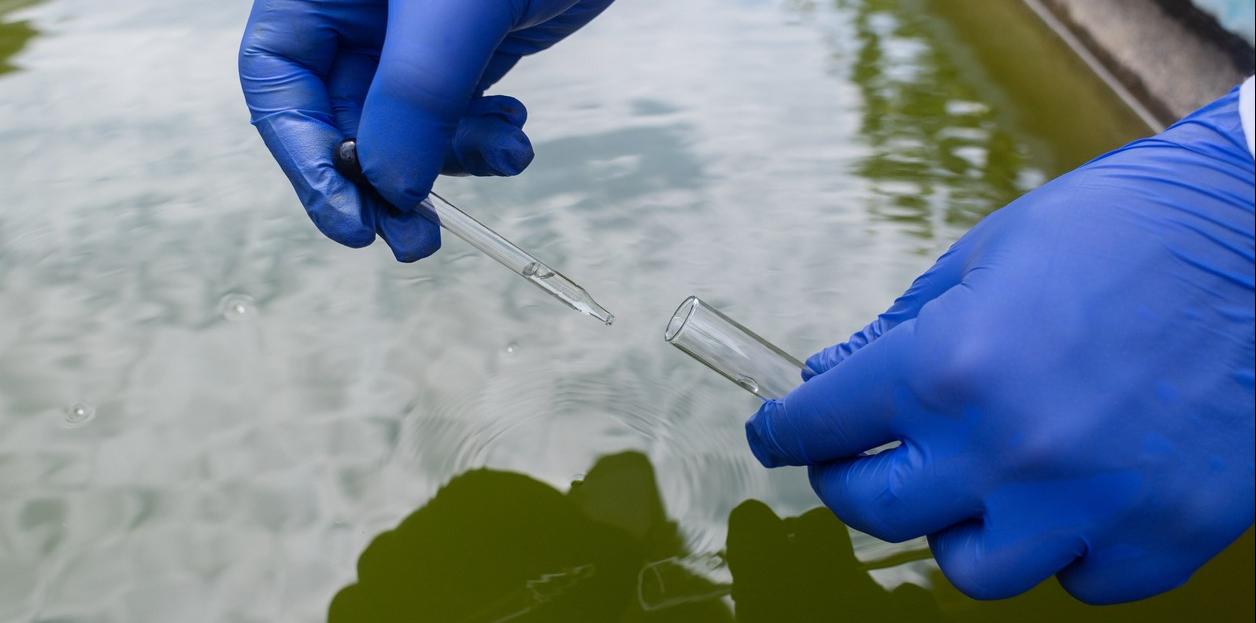A new study based on wastewater samples collected in Poznan, Poland, last year shows considerably more mpox DNA than expected based on area cases and hospitalizations, suggesting the virus has been underestimated in central Europe. The study appears in the International Journal of Infectious Diseases.
Wastewater epidemiology (WBE) has been increasingly in the spotlight since the COVID-19 pandemic began, as waste samples have been able to predict when new waves will likely occur, and by what strain. Wastewater is also able to pick up viral DNA from otherwise asymptomatic people who may not be tested for a disease.
According to the authors of this study, wastewater detection is also helpful when "traditional approaches can miss cases of infected individuals who intentionally do not want to be tested due to the social stigma associated with some diseases, including mpox."
Around 200 official cases in Poznan
Beginning in May 2022, a global outbreak of mpox began in the United Kingdom among men who have sex with men (MSM) and has since infected almost 83,000 people, including 66 deaths, according to the World Health Organization.
Historically, the virus was endemic in Western and Central Africa, and cases outside of that region are linked to international travel. Much of the 2022 cases were spread via sexual contact between men who have sex with men (MSM), and were noted in local outbreaks and clusters.
By December 19, 2022, Poznan had 214 reported mpox cases, a relatively small outbreak in Europe. The study authors used samples from two wastewater treatment plants (WTPs) to see if DNA samples correlated to the recorded case numbers and hospitalizations.
Researchers collected water weekly from July to December 2022 from two WTPs in the city. Mpox virus material was compared to Poznan hospitalizations for the virus, which totaled 22 during the study period.
Detections outpaced hospitalizations
The detection of mpox virus from mid-September to mid-October did not correlate with the number of reported mpox cases as expected, and suggested more viral activity. This means it's likely that a relatively high number of unidentified mpox-infected people were living among the Poznan population.
The authors note that hospital wastewater in the city is inactivated by chlorination before discharge into the public wastewater system, which likely killed any mpox viruses from hospital patients. "Therefore, in our opinion, all positive samples are related to the non-hospitalized MPV-infected individuals in the general population," they wrote.
In our opinion, all positive samples are related to the non-hospitalized MPV-infected individuals in the general population.
The authors said their findings suggest more people in Poznan were likely infected with such mild cases of the virus that they didn't seek diagnosis. Additionally, some men likely avoided testing because of stigma against MSM.
"WBE is a promising additional tool that can complete data gathered by the clinical monitoring approach and predict more accurately the development and progress of the current mpox outbreak," the authors concluded.



















